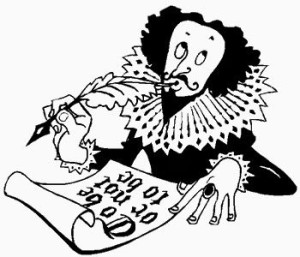Age levels and word counts for children’s books – Part four
 J.K. Rowling is sometimes mentioned as an example of how books for children are not as long as the established industry categories indicate. The Harry Potter series certainly appears to have been a factor in longer children’s novels becoming more acceptable, perhaps because publishers noted what was popular and acted accordingly. However, it’s important to remember that the first three Harry Potter novels were more or less the standard length for their age range. Once they’d been such a resounding success, the following installments in the series were much longer because the author could more or less do as she wished.
J.K. Rowling is sometimes mentioned as an example of how books for children are not as long as the established industry categories indicate. The Harry Potter series certainly appears to have been a factor in longer children’s novels becoming more acceptable, perhaps because publishers noted what was popular and acted accordingly. However, it’s important to remember that the first three Harry Potter novels were more or less the standard length for their age range. Once they’d been such a resounding success, the following installments in the series were much longer because the author could more or less do as she wished.
In addition, longer fantasy novels shouldn’t be considered as a benchmark regarding how long a book should be. Making a story a certain length just for the sake of it is a mistake. You still have to have a good story, which must flow properly, move along at the right pace and keep the reader engaged. However, having said that, it’s far easier to write too much and then cut it down, than have to add in entire sections in the middle, or introduce entirely new characters and subplots.
It’s important for writers to determine whether a story is story intended for young adult is more suitable as a middle grade book, which is usually shorter, say around 150 pages at the most. Most novels also need to be tightened up during the editing process, which obviously reduces the size of the finished product.
The different aspects of the publishing business can be very difficult for writers that are just beginning their career. However, the age ranges examined in these posts do serve as a good guideline for those just starting out as authors of children’s books.



